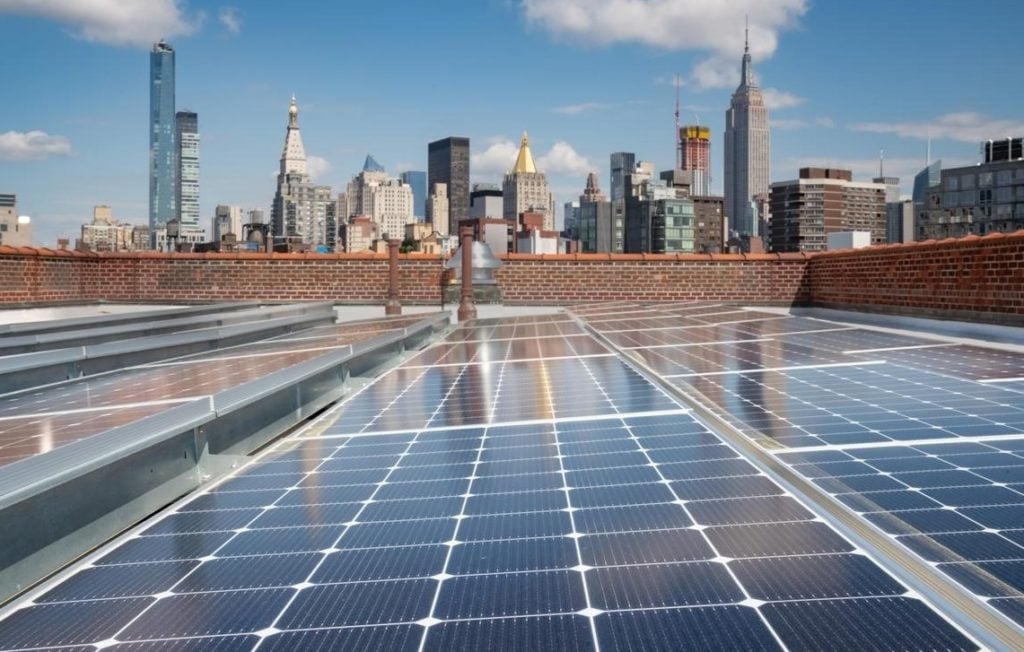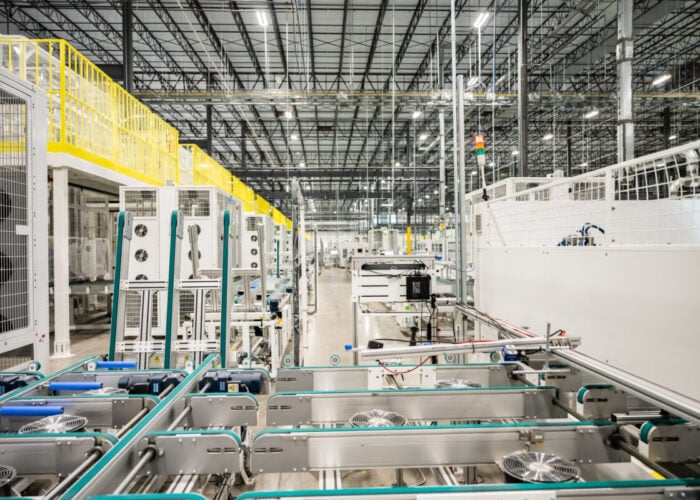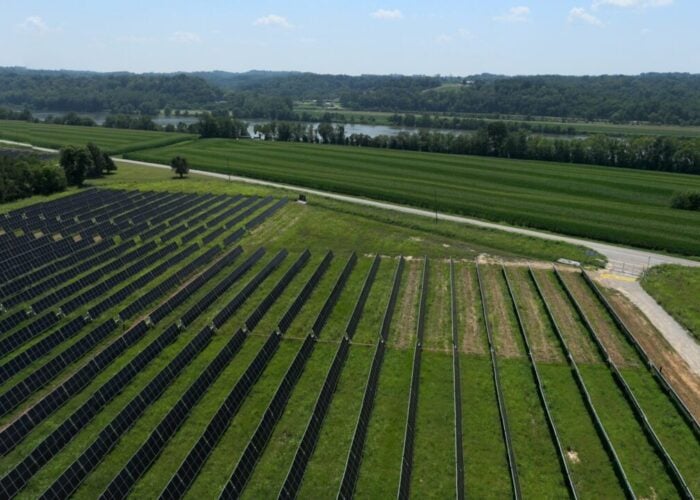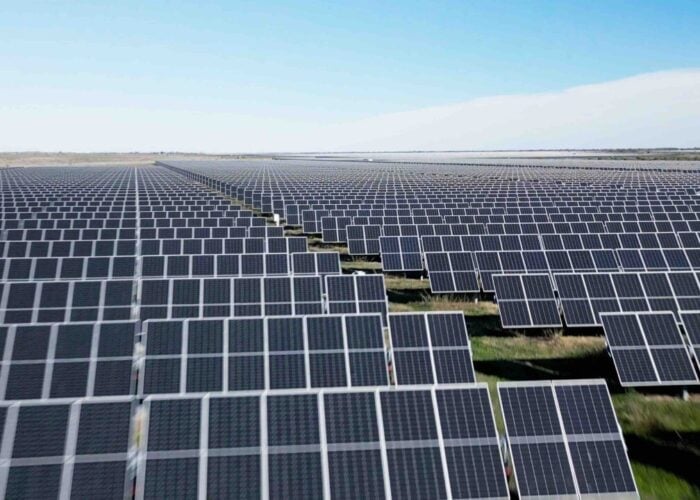
New York now has more than 1GW of community solar installed, becoming the leading US state for community solar, according to New York governor Kathy Hochul.
Last year community solar installations accounted for 70% of total installs in New York and the state currently boasts a distributed solar project pipeline of 2.3GW.
Try Premium for just $1
- Full premium access for the first month at only $1
- Converts to an annual rate after 30 days unless cancelled
- Cancel anytime during the trial period
Premium Benefits
- Expert industry analysis and interviews
- Digital access to PV Tech Power journal
- Exclusive event discounts
Or get the full Premium subscription right away
Or continue reading this article for free
Hochul aims for New York to reach 10GW of solar capacity by 2030, with 70% of the state’s electricity power coming from renewable energy by the end of the decade.
“Reaching this nation-leading milestone – with more than one gigawatt of community solar installed – is a testament to New York’s aggressive pursuit of clean-energy alternatives that will supercharge our economy and bring us one step closer to a carbon-neutral future,” said Hochul.
In December 2021, the governor published a roadmap to increase the rollout of distributed solar with incentives for an additional 2,270MW of community solar projects and dedicated incentives to support disadvantaged communities and low- to moderate-income households.
Last year, the US added 957MW of community solar, while a recent paper from the Solar Energy Industries Association (SEIA) said the country had more than 3.6GW of community solar projects. This is expected to further increase to around 4.5GW over the next five years.
Recently, PV Tech Premium talked to Utopia Hill, Reactivate’s head of EPC, about community solar in the US and how the company will overcome the challenges to reach its 3GW goal of renewables by 2030.






